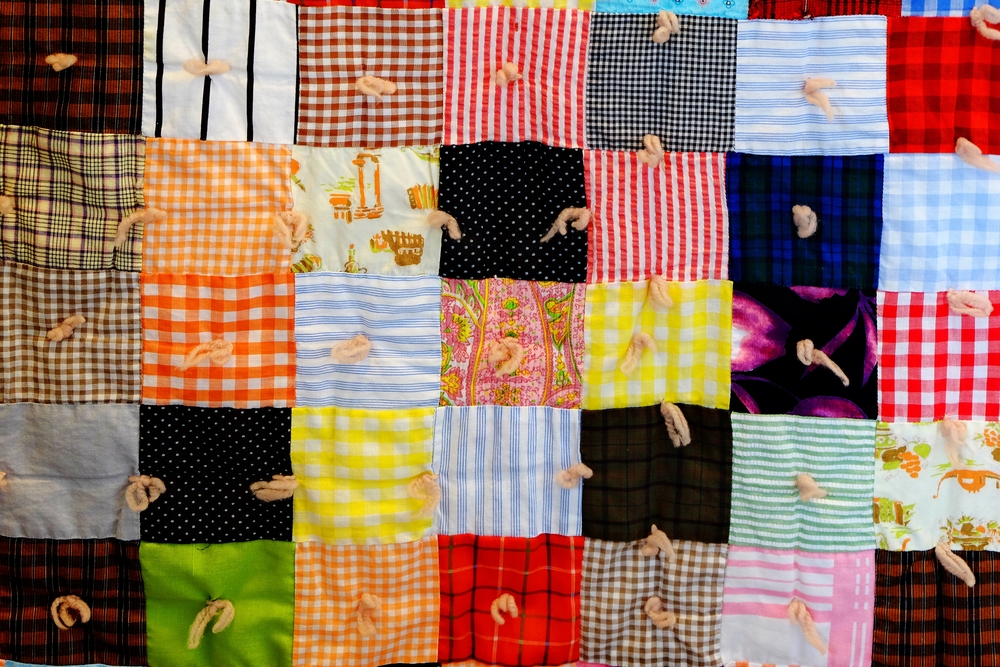The Resurgence of Patchwork in Contemporary Fashion
Patchwork has long been a symbol of resourcefulness and individuality, and is now emerging as a key trend in contemporary fashion. Once a technique to reuse scraps of fabric, it's now a statement of sustainable creativity. This article unravels the colorful history, current trends, and future trajectory of patchwork in fashion.

A Stitch in Time: The Historical Context of Patchwork
Patchwork has a rich and diverse history that transcends cultures and centuries. Originating as a practice to reuse and extend the life of textiles, it soon evolved into a form of self-expression. This technique was prevalent in early American homesteads, Japanese Boro textiles, and Indian Kantha quilts. Fast forward to the 1960s and 70s, it became a symbol of the counterculture movement, epitomizing individuality and rejection of mass-produced fashion.
The Patchwork Revival: Current Trends in Fashion
In recent years, patchwork has made a major comeback in the fashion scene. It’s not just about economic necessity or sustainability anymore—it’s about style and statement. High-end designers like JW Anderson and Marni have showcased patchwork designs, while streetwear brands like Supreme and Stussy have incorporated it into their collections. Patchwork now adorns everything from denim jackets to silk dresses, adding an eclectic touch to contemporary fashion.
The Patchwork Allure: A Unique Fashion Statement
Patchwork’s appeal lies in its blend of nostalgia, craftsmanship, and individuality. Each piece is unique, reflecting the wearer’s distinct style. It’s a celebration of imperfection and personal narrative—a collage of memories stitched together. Moreover, in an era of fast fashion and environmental concerns, patchwork resonates with consumers seeking sustainable and ethically-produced fashion.
Patchwork and Its Influence on Buyers
Patchwork has definitely influenced consumer behavior. Shoppers are drawn to its uniqueness, eco-friendly aspect, and the story it tells. It encourages mindful consumption, as consumers tend to value handcrafted, one-of-a-kind pieces over mass-produced items. Patchwork also resonates with the DIY culture, inspiring fashion enthusiasts to repurpose their own garments.
Stitching It Right: Practical Tips for Embracing Patchwork Fashion
- Embrace the eclectic: Patchwork is all about mixing and matching. Don’t shy away from combining different patterns, colors, and fabrics.
- Start small: If you’re new to patchwork, start with accessories like scarves or bags before venturing into clothing.
- DIY it: Consider upcycling your old clothes into a patchwork masterpiece. It’s a fun, creative, and sustainable fashion project.
- Keep it balanced: If you’re wearing a patchwork piece, keep the rest of your outfit simple to let it stand out.
- Invest in quality: Look for well-crafted pieces that will stand the test of time.
Conclusion
Patchwork, with its rich history and unique appeal, is making a strong comeback in contemporary fashion. It’s not just a trend, but a reflection of changing consumer attitudes towards sustainability and individuality. As we move towards a more conscious and personalized fashion landscape, patchwork serves as a vibrant reminder of the beauty in diversity and resourcefulness. Whether you’re a fashion enthusiast or a sustainability advocate, patchwork offers a stylish way to make a statement and tell your own story.




